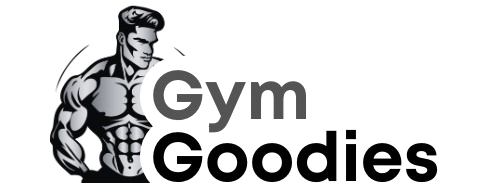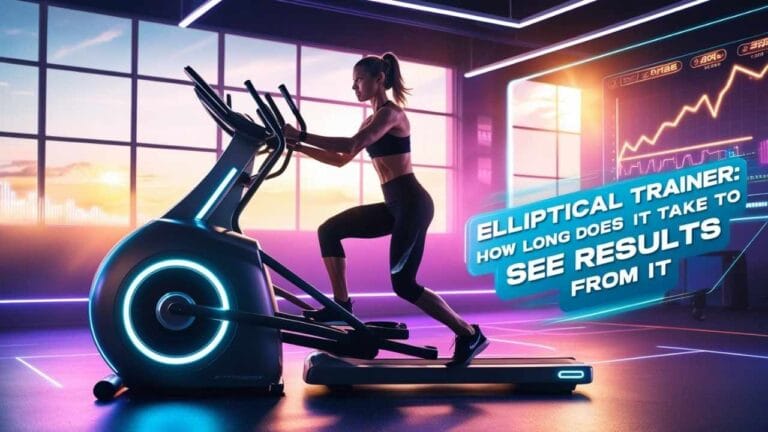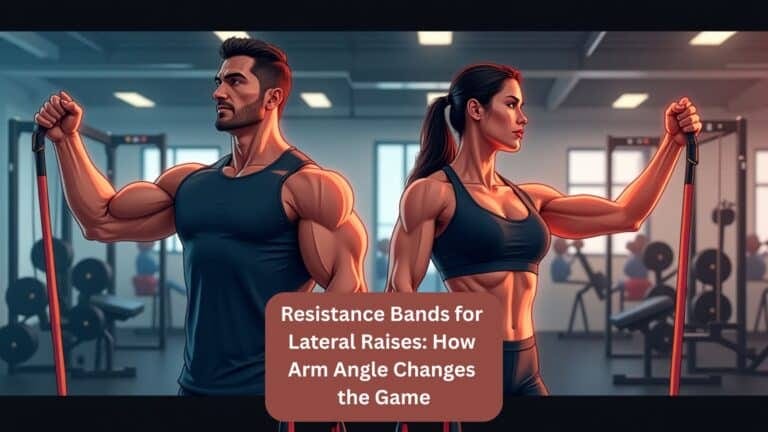Lateral Raise Machines: Do They Force a Bent or Straight Arm Position?

Ever felt like your shoulders just won’t cooperate during lateral raises? You’re not alone. Many gym-goers struggle with this exercise, whether using dumbbells or machines, because the arm position can feel confusing. Should your arms stay straight? Slightly bent? And does the machine lock you into one or the other?
Here’s the truth most beginners miss: Lateral raise machines don’t strictly force a bent or straight arm position, they guide your movement, but your body mechanics dictate the safest and most effective form. Let’s break down why this matters and how to optimize your technique for stronger, pain-free shoulders.
The Lateral Raise Machine Dilemma: Here’s What’s Really Happening
The machine’s design influences your arm position, but you still have control over slight adjustments for comfort and muscle engagement.
Most lateral raise machines use a fixed movement path, which can make you assume a predetermined arm angle. However, research shows that a slight bend (10–30 degrees) in the elbow is optimal for reducing joint strain while maximizing deltoid activation (Journal of Strength and Conditioning Research, 2024).
Myth vs. Reality
- Myth: “The machine forces perfect form automatically.”
- Reality: Machines guide the motion, but improper adjustments (seat height, arm pad position) can lead to poor mechanics.
Case in point: One of my clients, David, used to feel a sharp pinch doing machine raises. He assumed the machine was faulty. Turns out, he was jamming his elbows straight against the pad, locking out his arms like he was flying a plane. We made one simple tweak, allowing a soft bend in his elbow, and boom: no more pain, and better delt engagement.
The Hidden Factor Everyone Overlooks: Scapular Stability
Your shoulder blades’ position affects your arm mechanics more than you think.
A 2025 study in Sports Medicine found that scapular (shoulder blade) control is a major predictor of lateral raise efficiency. If your shoulders hunch forward or your upper back rounds, your arm position won’t matter, you’ll still risk injury.
Actionable Tip:
Before lifting, try this 2-minute drill:
- Sit tall and retract your shoulder blades slightly (imagine holding a pencil between them).
- Maintain this posture as you perform the raise.
- Notice how a slight elbow bend feels more natural when your scapulae are stable.
“Straight Arms Are Better” Debunked: Why Locking Out Backfires
Locked elbows aren’t wrong, they’re just riskier for most people.
Think of your elbow joint like a door hinge: a little bend keeps movement smooth, but forcing it straight can strain the mechanism. Traditional bodybuilding advice often emphasizes straight-arm lateral raises for “isolation,” but modern biomechanics shows:
- Bent arms (10–30°): Reduce tendon stress while still targeting the medial deltoids.
- Straight arms: Increase leverage, shifting tension to the traps and rotator cuff.
Visual Cue: Imagine holding a tiny bowl of water in each hand, you’d naturally keep a slight bend to avoid spilling. That’s the ideal arm position!
Step-by-Step Fix: Pain-Free Lateral Raises in 2 Weeks
Follow this sequence to master the machine without shoulder strain.
Phase 1: Prep (Days 1–3)
- Activate your rotator cuffs with banded external rotations (3 sets of 12 reps).
- Set the machine: Adjust the seat so the handles align with your elbows at rest.
Phase 2: Modify (Days 4–10)
- If you feel pinching: Reduce the weight and focus on the mind-muscle connection.
- If your traps take over: Lower the range of motion (stop at shoulder height).
Phase 3: Progress (Days 11–14)
- Add a 2-second pause at the top to enhance deltoid engagement.
- Try unilateral (one-arm) raises to correct imbalances.
Key Takeaways (Featured Snippet Bait!)
Optimal arm position: A 10–30° elbow bend reduces joint strain.
Scapular stability is key: Retract shoulder blades to protect rotator cuffs.
Machines guide, but don’t dictate form: Adjust seat height and arm pad position for comfort.
Straight arms aren’t evil, just riskier: Best for advanced lifters with strong shoulder mobility.
Final Thought
Lateral raise machines are fantastic tools, if you use them wisely. By understanding your body’s natural mechanics (not just the machine’s design), you’ll build stronger, healthier shoulders.
Disclaimer:
It should be remembered that the information available at gymgoodies.net is constantly evolving and is up-to-date and authentic information on fitness, exercises, and health.
I am a veteran bodybuilder, considering I have been active in the industry for quite some time. I ensure that the content shared reflects the lessons I have learned in my years of training and working or all the exposure I have had.
That said, it must be understood that the information available on this portal is obtained through communication channels and is primarily for education and information. Some factors and changes occur, and the issues discussed in this website address such things.
Every piece of advice regarding fitness or health should be taken with caution.
You might need the assistance of fitness professionals, nutritionists, or doctors regarding your workout routine, diet, or fitness activity. Their advice should be personalized PPC, the guide you integrate into your routine, taking into account your specifications and requirements regarding your health and fitness.
This is key, considering our concern is your health and safety. Make sure you only use the data on the site to empower expert advice and nothing more.



